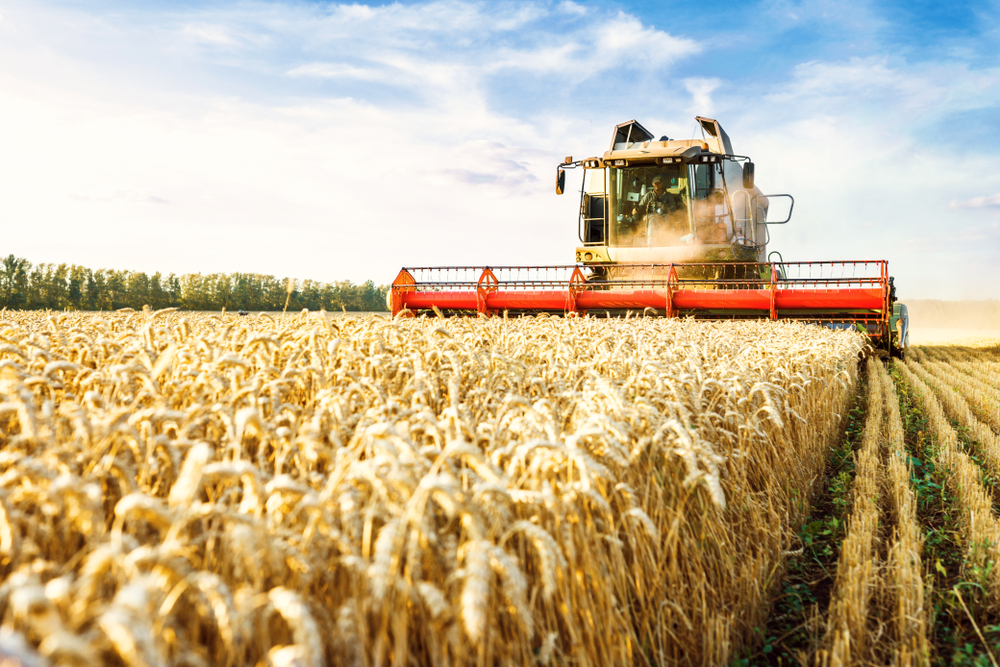Part of the Food Policy Snapshot Series
Policy name: US policies to help fight food inflation
Overview: President Joe Biden has announced plans to increase food production in the US to offset global food shortages and high prices caused by the Russia-Ukraine war.
Location: United States
Population: 334.7 million
Food policy category: Food production and distribution, food security
Program goals: To increase food production and decrease food costs
How it works: There are three parts to this plan:
- The number of US counties eligible for double cropping insurance will increase. Double cropping permits farmers to plant two crops on the same land in the same year, which expands their overall production. However, due to high risk, many farmers are unable to obtain crop insurance for this practice, so the Biden administration will increase the number of counties where double cropping qualifies for insurance by 681, bringing the total number of eligible counties to 1,935. This will allow more farmers more financial security to practice double cropping.
- Technical assistance for precision agriculture will increase in order to cut costs for farmers. Precision agriculture uses technology to manage crops and helps farmers use less fertilizer without reducing production. The Biden administration plans to increase outreach to farmers and streamline the precision agriculture application process to allow more farmers to make use of it.
- Funding for domestic fertilizer production will double. Biden is investing $500 million in domestic fertilizer production to increase availability and lower costs for farmers.
Progress to date: President Biden announced his plan on May 11, 2022.
Why it is important: The Russia-Ukraine war has resulted in global food shortages and price increases. Russia and Ukraine together provide approximately 30 percent of the world’s wheat and barley supply, 20 percent of its corn, and more than half of its sunflower oil supply. The Russian invasion of Ukraine has significantly reduced these supplies, and, in turn, commodity prices are reaching record highs. If the US and other countries can increase their own production, that may help to offset the global food shortages and price hikes that have occurred over the past few months.
Program/Policy initiated: The plan went into effect on May 11, 2022.
Point of contact: N/A
Similar practices: None known.
Evaluation: The program has not yet been evaluated.
Learn more:
- Biden Blames Russia’s War in Ukraine for Food Supply Shortages and Price Hikes (CNN)
- Biden Hails US Farmers’ Efforts to Feed World Amid Price Spikes (Bloomberg)
- How Could the War in Ukraine Impact Global Food Supplies? (Our World in Data)
- Russia’s War in Ukraine Threatens to Hurt Billions, UN Warns, as Food and Energy Prices Soar (CNBC)
- The Russia-Ukraine War and Global Food Security: A Seven-Week Assessment, and the Way Forward for Policymakers (Center for Strategic and International Studies)
- The Ukraine Crisis Threatens a Sustainable Food Future (World Resources Institute)
- The Ukraine Food Price Crisis is Just a Preview of What Could Happen as Climate Change Worsens (Time)
- Ukraine/Russia: As War Continues, Africa Food Crisis Looms (Human Rights Watch)
- The War in Ukraine is Exposing Gaps in the World’s Food-Systems Research (Nature)
References:
- Biden Outlines Plan to Boost U.S. Agriculture Production as Ukraine Invasion Fuels High Food Prices (CNBC)
- Biden Says US Farmers Can Help in Inflation Fight as Food Prices Continue to Soar (ABC News)
- Double Cropping by U.S. Farmers Varies Over Time and Regionally (USDA Economic Research Service)
- FACT SHEET: President Biden Announces New Actions to Address Putin’s Price Hike, Make Food More Affordable, and Lower Costs for Farmers (White House Briefing Room)
- Global Impact of War in Ukraine on Food, Energy and Finance Systems (United Nations)
- Precision Agriculture (USDA National Agricultural Library)
- What is Crop Insurance? (Benefits.gov)


